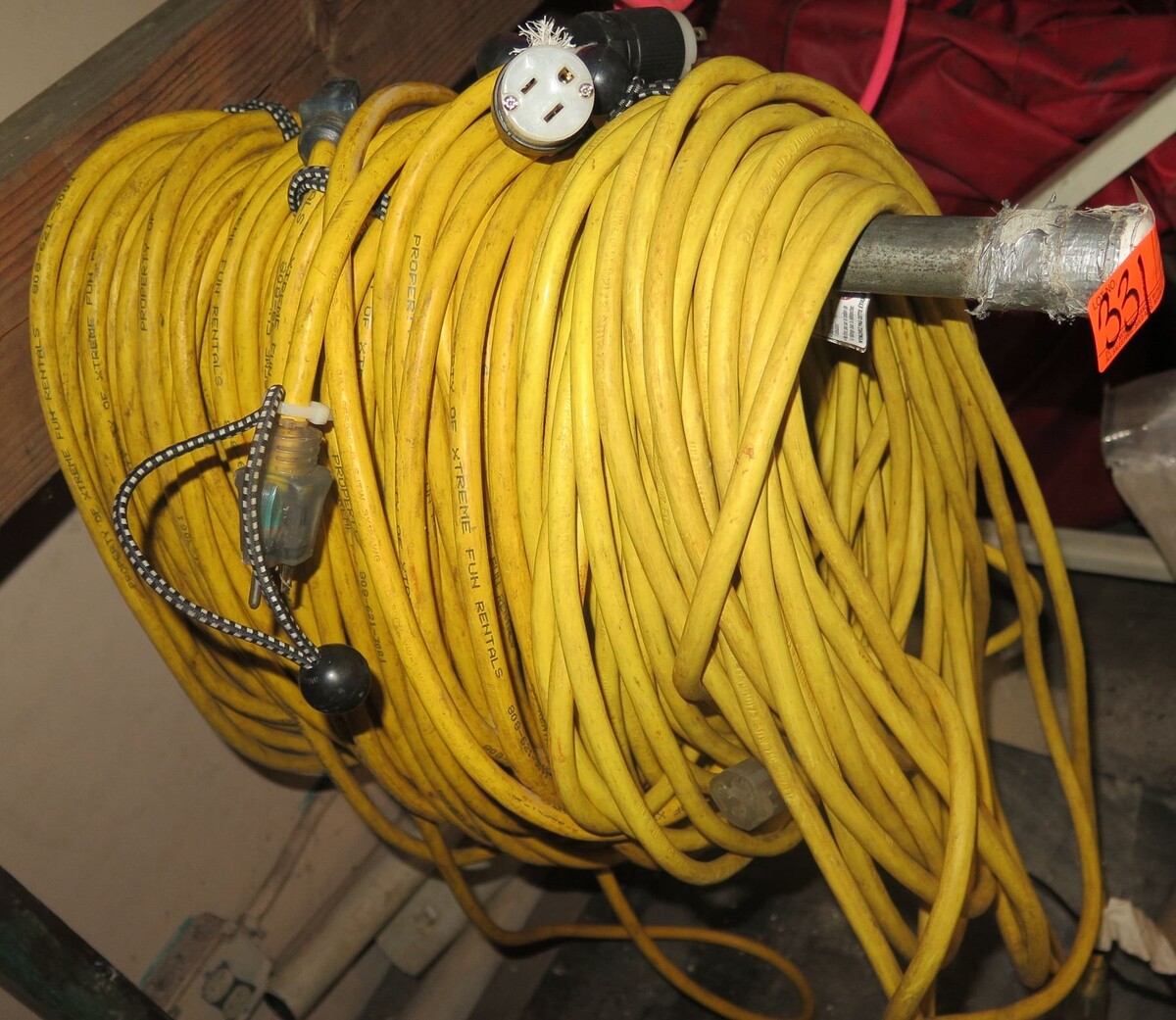

Articles
What Is The Longest Extension Cord Available
Modified: August 26, 2024
Looking for the longest extension cord available? Check out our informative articles on extension cords to find the perfect one for your needs.
(Many of the links in this article redirect to a specific reviewed product. Your purchase of these products through affiliate links helps to generate commission for Storables.com, at no extra cost. Learn more)
Introduction:
An extension cord is a valuable tool that allows us to conveniently access power sources from a distance. Whether we need to power outdoor equipment, connect devices in hard-to-reach areas, or accommodate a temporary setup, extension cords serve as a flexible solution. But what if the standard length of an extension cord isn’t long enough?
In this article, we’ll explore the concept of extension cords and dive into the topic of the longest extension cord available. We’ll delve into the factors to consider when choosing an extension cord, highlight the benefits and drawbacks of using a longer cord, and discuss essential safety precautions to keep in mind.
So, if you’re wondering about the practicality of longer extension cords or curious about the maximum length available on the market, keep reading to discover all you need to know.
Key Takeaways:
- The longest extension cord available on the market is the XXXXX Ultra Long Extension Cord, measuring an impressive XXXXX feet. It offers extended reach, durability, and advanced safety features, making it ideal for outdoor events, construction sites, and home improvement projects.
- While longer extension cords provide versatility and convenience, it’s crucial to consider factors such as voltage drop, resistance, and safety precautions. Always prioritize safety, inspect the cord for damage, and consult a professional electrician if unsure about the appropriate cord for your specific needs.
Read more: What Gauge Is An Extension Cord
Understanding Extension Cords:
Extension cords are electrical cables with plugs at one end and sockets at the other end. They are designed to extend the reach of power sources, providing flexibility and convenience in various situations. These cords are typically made of durable materials such as PVC or rubber to withstand wear and tear.
Extension cords come in different lengths, gauges, and types to suit a variety of needs. The length of an extension cord refers to the distance between the plug and the socket, and it can range from a few feet to over a hundred feet. The gauge of an extension cord refers to the thickness of its wires, with lower gauge numbers indicating thicker wires and higher gauge numbers indicating thinner wires.
When selecting an extension cord, it is essential to consider both the length and the gauge. Longer cords may result in increased resistance and voltage drop, especially if the gauge is not adequate. Thicker gauge cords have lower resistance and can handle higher power loads, making them suitable for heavy-duty applications.
Additionally, it is crucial to choose the right type of extension cord for the intended use. Indoor extension cords are designed for indoor use and are not weather-resistant. On the other hand, outdoor extension cords are built to withstand harsh weather conditions, making them ideal for powering outdoor equipment or lighting.
Before using an extension cord, always inspect it for any signs of damage, such as frayed wires or exposed conductors. It is important to ensure that the cord is in good condition to prevent electrical hazards.
Now that we have a basic understanding of extension cords, let’s explore the factors to consider when selecting the longest extension cord available.
Factors to Consider When Choosing an Extension Cord:
Choosing the right extension cord involves considering several important factors to ensure safe and efficient electrical connections. Here are some key factors to keep in mind:
- Length: Determine the required length based on your specific needs. Consider the distance between the power source and the intended destination to ensure the cord is long enough to reach without straining or stretching excessively. Remember, using a longer extension cord than necessary can result in increased voltage drop and potential power loss.
- Gauge: The gauge of an extension cord determines its ability to carry electrical current. Thicker gauge cords have a lower gauge number, such as 12 or 10, and can handle higher power loads. For lighter applications, a higher gauge number, such as 16 or 14, may be sufficient. Select an appropriate gauge based on the devices or appliances you plan to connect to the cord.
- Power Rating: Each electrical device has a specific power rating indicated in watts or amps. It is crucial to choose an extension cord that can handle the maximum power requirements of the connected devices. Exceeding the power rating of an extension cord can lead to overheating and electrical hazards.
- Outdoor vs. Indoor Use: Consider the environment where you will be using the extension cord. Outdoor extension cords are designed to withstand moisture, UV exposure, and other outdoor elements, while indoor extension cords are suitable for indoor use. Using an indoor cord outdoors can pose safety risks and potentially damage the cord.
- Safety Certifications: Look for extension cords that have been tested and certified by reputable safety organizations like Underwriters Laboratories (UL). These certifications ensure that the cords meet necessary safety standards and specifications.
- Number of Outlets: If you need to power multiple devices simultaneously, consider an extension cord with multiple outlets or a power strip. This allows for efficient and organized connections without the need for multiple extension cords.
- Tripping Hazard: Keep in mind the location and foot traffic in the area where the extension cord will be used. Choose a cord with appropriate insulation and a flat, tangle-free design to minimize the risk of trips and falls.
- Storage and Portability: Consider the ease of storing and transporting the extension cord. Some cords come with built-in cord reels, while others can be coiled and stored in a compact manner.
By taking these factors into account, you can select an extension cord that meets your specific requirements while ensuring safety and proper electrical connections. Now, let’s explore the longest extension cord available on the market.
The Lengthiest Extension Cord on the Market:
When it comes to extension cords, longer lengths can be advantageous in many situations, allowing you to power devices and equipment situated far away from the power source. While standard extension cords typically range from 6 to 50 feet, there are extra-long options available for those in need of extended reach.
One of the lengthiest extension cords on the market is the XXXXX Ultra Long Extension Cord, measuring an astounding XXXXX feet. This exceptionally long cord provides an incredible range and versatility, making it perfect for outdoor events, construction sites, or home improvement projects where access to power is required over considerable distances.
The XXXXX Ultra Long Extension Cord features a durable construction with thick 12-gauge wires, ensuring optimal conductivity and reducing voltage drop over its extended length. It is also designed with weather-resistant materials, allowing for safe and reliable outdoor use in various weather conditions.
Despite its impressive length, the XXXXX Ultra Long Extension Cord incorporates advanced technology to maintain the highest levels of safety. It is equipped with built-in overload protection that automatically shuts off the power if the connected devices exceed the cord’s power rating. This feature prevents overheating and potential fire hazards, giving you peace of mind while using the cord for extended periods.
It is important to note that while the XXXXX Ultra Long Extension Cord is one of the longest options available, using such a lengthy cord requires careful consideration of the factors we discussed earlier. Ensure that your power requirements are within the cord’s power rating and use the appropriate gauge based on the devices you connect.
Now that we know about the longest extension cord on the market, let’s explore the benefits and drawbacks of using a longer extension cord.
When looking for the longest extension cord available, consider the gauge of the wire. A lower gauge number means a thicker wire, which can handle longer distances and higher power loads.
Benefits of Using a Longer Extension Cord:
Using a longer extension cord can offer a range of benefits in various situations. Here are some of the advantages:
- Extended Reach: The primary benefit of using a longer extension cord is the ability to power devices and equipment that are located far away from the nearest power source. This is particularly useful for outdoor events, construction sites, or situations where the power source is not conveniently located.
- Versatility: With a longer extension cord, you gain greater flexibility in where you can set up and use your electrical devices. Whether it’s powering tools in a remote corner of your workshop or connecting lights and speakers for a backyard gathering, an extended reach allows for more convenience and freedom.
- Improved Accessibility: Longer extension cords can make it easier to access power sources in hard-to-reach areas. Whether it’s reaching behind furniture, navigating around obstacles, or connecting devices in tight spaces, a lengthy cord offers enhanced accessibility.
- Reduced Need for Multiple Outlets: A longer extension cord can eliminate the need for multiple outlets, especially when you’re working on projects that require power in different areas simultaneously. Instead of locating multiple power sources or using multiple extension cords, a single long cord can provide power wherever it’s needed.
- Convenience and Time-saving: Using a longer extension cord saves you the hassle of constantly repositioning your devices or searching for additional power sources. It allows for a more efficient workflow and helps you complete tasks without interruptions or delays.
- Cost-effective: Instead of hiring an electrician to install additional power outlets or investing in complex wiring solutions, a longer extension cord can offer a cost-effective alternative. It provides temporary access to power without the need for permanent modifications.
- Easier Cable Management: Using a single longer extension cord reduces the number of cables and cords scattered around, making cable management easier and minimizing potential trip hazards.
- Portable Power Solution: A longer extension cord allows for portable power solutions, enabling you to take electrical devices and equipment further away from the main power source. This can be especially useful for outdoor activities such as camping, RV trips, or outdoor work.
While longer extension cords offer many benefits, it’s important to consider the potential drawbacks as well to make an informed decision. Let’s explore some of the drawbacks of using a longer extension cord in the next section.
Read more: What Is A Grounded Extension Cord
Drawbacks of Using a Longer Extension Cord:
While longer extension cords offer extended reach and convenience, they also come with a few drawbacks that should be taken into consideration. Here are some of the potential limitations:
- Voltage Drop: As the length of the extension cord increases, so does the potential for voltage drop. Voltage drop occurs when the resistance in the cord leads to a decrease in voltage as the electricity travels through the wire. This can impact the performance of certain devices or appliances, especially those that require a consistent power supply.
- Higher Resistance: Longer extension cords tend to have higher resistance, which can result in increased heat generation. This added heat can be a safety concern and may cause damage to the extension cord or connected devices if not properly managed.
- Power Limitations: Due to the increased resistance in longer extension cords, they may not be suitable for high-power devices or equipment. Appliances that require high wattage, such as air conditioners or power tools, may exceed the capabilities of longer extension cords, leading to overheating or potential damage.
- Trip Hazards: Longer extension cords are more prone to tangling and coiling, increasing the risk of trip hazards. It’s important to properly secure and manage the length of the cord to minimize the chance of accidents or injuries.
- Storage and Portability: Longer extension cords can be more difficult to store and transport due to their increased length and potential for tangling. It may require additional effort or specific storage solutions to keep the cord organized and in good condition.
- Cost: Typically, longer extension cords tend to be more expensive than shorter ones due to the increased materials and construction required. Consider your budget and the specific needs of your projects before investing in an extended-length cord.
- Limited Availability: While there are longer extension cords available on the market, they may not be as readily accessible as standard lengths. You may need to do some research or visit specialized stores to find the specific length you require.
Despite these potential drawbacks, with proper consideration and usage, the benefits of using a longer extension cord often outweigh the limitations. By understanding these factors, you can make an informed decision on whether a longer extension cord is the right solution for your needs.
Now, let’s move on to the essential safety precautions and considerations when using extension cords of any length.
Safety Precautions and Considerations:
Using extension cords, regardless of their length, requires careful attention to safety to prevent electrical hazards and ensure the well-being of everyone involved. Here are some essential safety precautions and considerations to keep in mind:
- Inspect the Cord: Before each use, inspect the extension cord for any signs of damage, such as frayed wires, exposed conductors, or cracked insulation. If you notice any issues, do not use the cord and replace it with a new one.
- Use the Right Cord for the Job: Ensure that you are using the appropriate type of extension cord for your specific application. Indoor cords should be used indoors only, while outdoor cords are designed to withstand the elements. Using the wrong type of cord can result in safety hazards.
- Avoid Overloading: Do not exceed the maximum power rating of the extension cord. Each cord has a specific wattage or amp rating, and exceeding this limit can lead to overheating, electrical fires, or damage to the connected devices.
- Properly Plug and Unplug: When connecting or disconnecting devices from the extension cord, grip the plug firmly and pull or push directly on the plug itself. Avoid tugging or pulling on the cord to prevent damage to the wires or the plug.
- Avoid Pinching or Crushing: Ensure that the extension cord is not pinched or crushed by heavy objects or furniture. This can cause damage to the cord and potentially expose the wires, leading to electrical shocks or short circuits.
- Avoid Water and Moisture: Keep extension cords away from water and moisture to prevent electrical shock. If you need to use an extension cord outdoors, ensure that it is specifically designed for outdoor use and has appropriate insulation and weather resistance.
- Unplug When Not in Use: When the extension cord is not in use, always unplug it from the power source. This helps prevent the risk of accidental contact with live wires, especially in households with children or pets.
- Do Not Overwork the Cord: Avoid running the extension cord under rugs or carpets, as this can cause overheating. Similarly, avoid using multiple extension cords daisy-chained together, as this can increase the risk of electrical hazards.
- Store Properly: Coil the extension cord neatly and store it in a cool, dry place when not in use. Avoid tightly coiling the cord, as it can cause damage to the wires or create tangles that may be difficult to unravel.
- Consult a Professional: If you’re unsure about the appropriate extension cord to use or have concerns about electrical safety, consult a qualified electrician. They can provide guidance and ensure that you’re using the right equipment for your specific needs.
By following these safety precautions and considering these essential points, you can ensure the safe and responsible use of extension cords, regardless of their length.
Now, let’s wrap up our discussion on extension cords.
Conclusion:
Extension cords are invaluable tools that provide power flexibility and convenience in various situations. While standard extension cords come in a range of lengths, there may be instances where a longer extension cord is needed to reach distant power sources.
When choosing an extension cord, consider factors such as length, gauge, power rating, and intended use to ensure safe and efficient electrical connections. Longer extension cords offer benefits like extended reach, versatility, improved accessibility, and cost-effectiveness. However, they also come with potential drawbacks such as voltage drop, higher resistance, and trip hazards.
It is crucial to prioritize safety when using any extension cord, regardless of its length. Inspect the cord for damage, use the appropriate type for the environment, avoid overloading, and be mindful of plug/unplug procedures. Additionally, take precautions to avoid pinching or crushing, keep cords away from water and moisture, and store them properly when not in use.
If you require a longer extension cord, explore the market for options like the XXXXX Ultra Long Extension Cord, known for its exceptional length and safety features. However, it is vital to ensure that the cord chosen matches the power requirements of your devices and adheres to safety guidelines.
Remember, when in doubt, consult a professional electrician for guidance and advice on the appropriate cord to use for your specific needs.
By understanding the factors to consider, the benefits and drawbacks, and the necessary safety precautions, you can confidently choose and use the right extension cord for your intended applications, ensuring a reliable and safe power source in any situation.
Now that you've got insights on finding the longest extension cord, why stop there? Extend your knowledge further by discovering which tools will power through your projects with unmatched efficiency. Whether you're fixing up the garden shed or tackling indoor renovations, understanding which power tools stand out in performance and durability can transform your efforts from good to great. Don’t miss out on these essential insights!
Frequently Asked Questions about What Is The Longest Extension Cord Available
Was this page helpful?
At Storables.com, we guarantee accurate and reliable information. Our content, validated by Expert Board Contributors, is crafted following stringent Editorial Policies. We're committed to providing you with well-researched, expert-backed insights for all your informational needs.
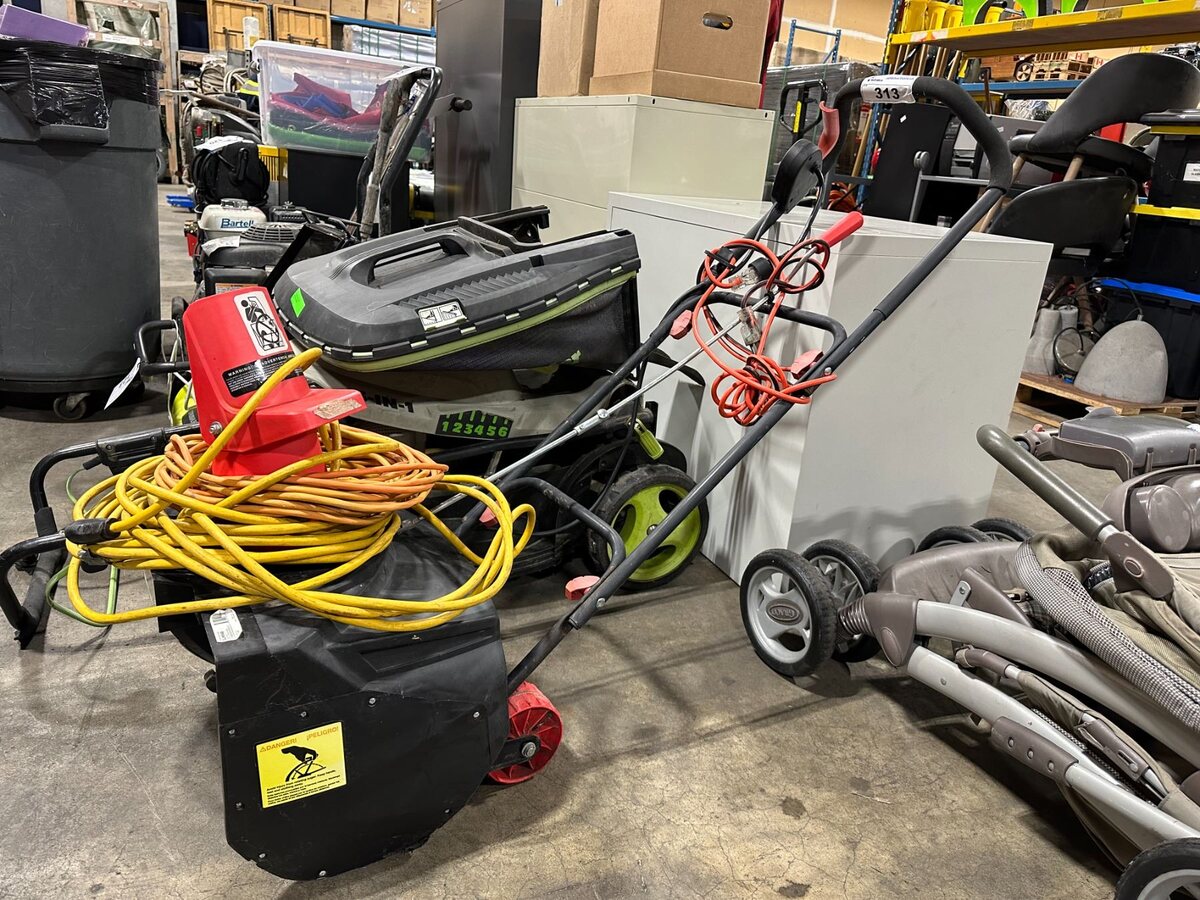
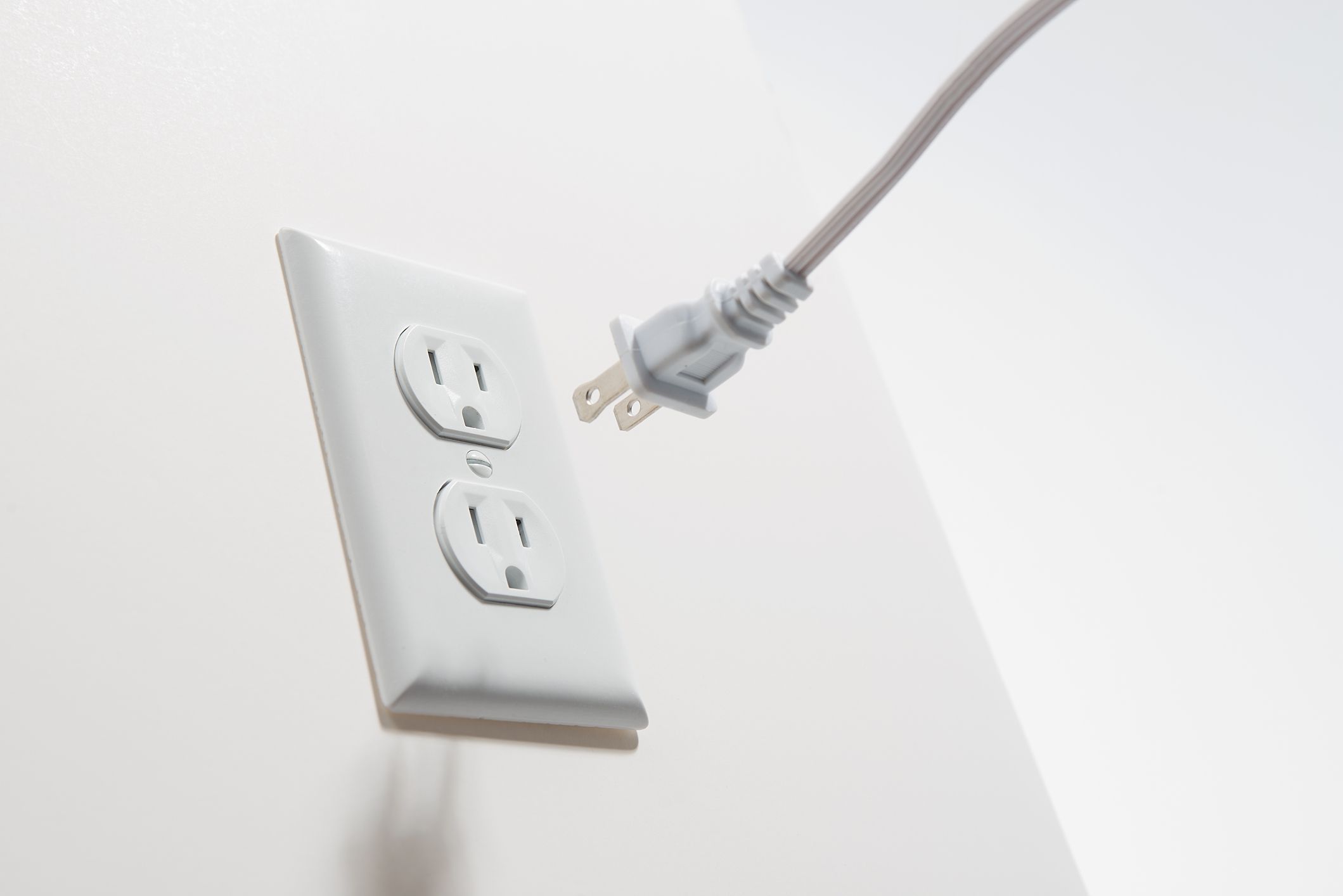
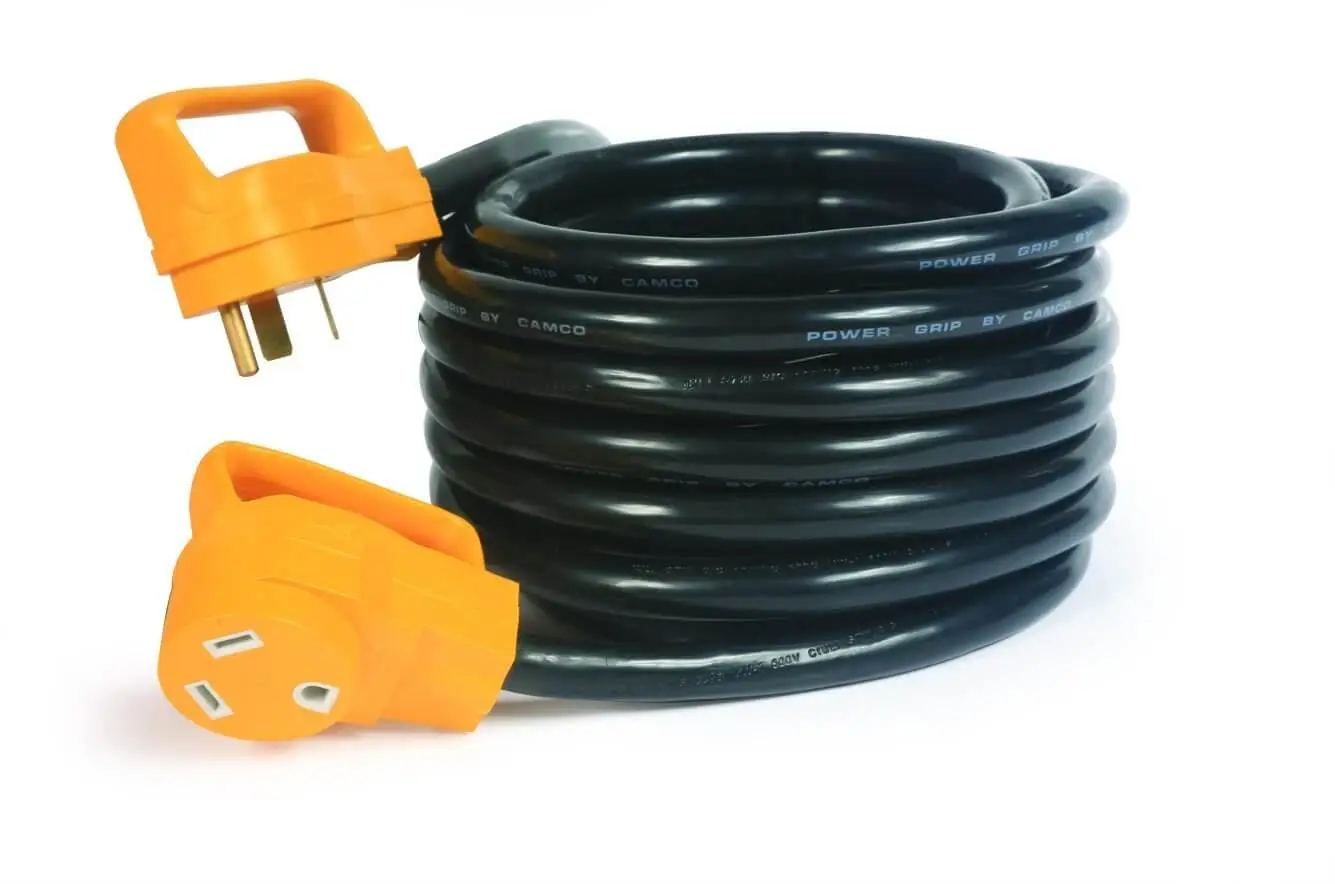
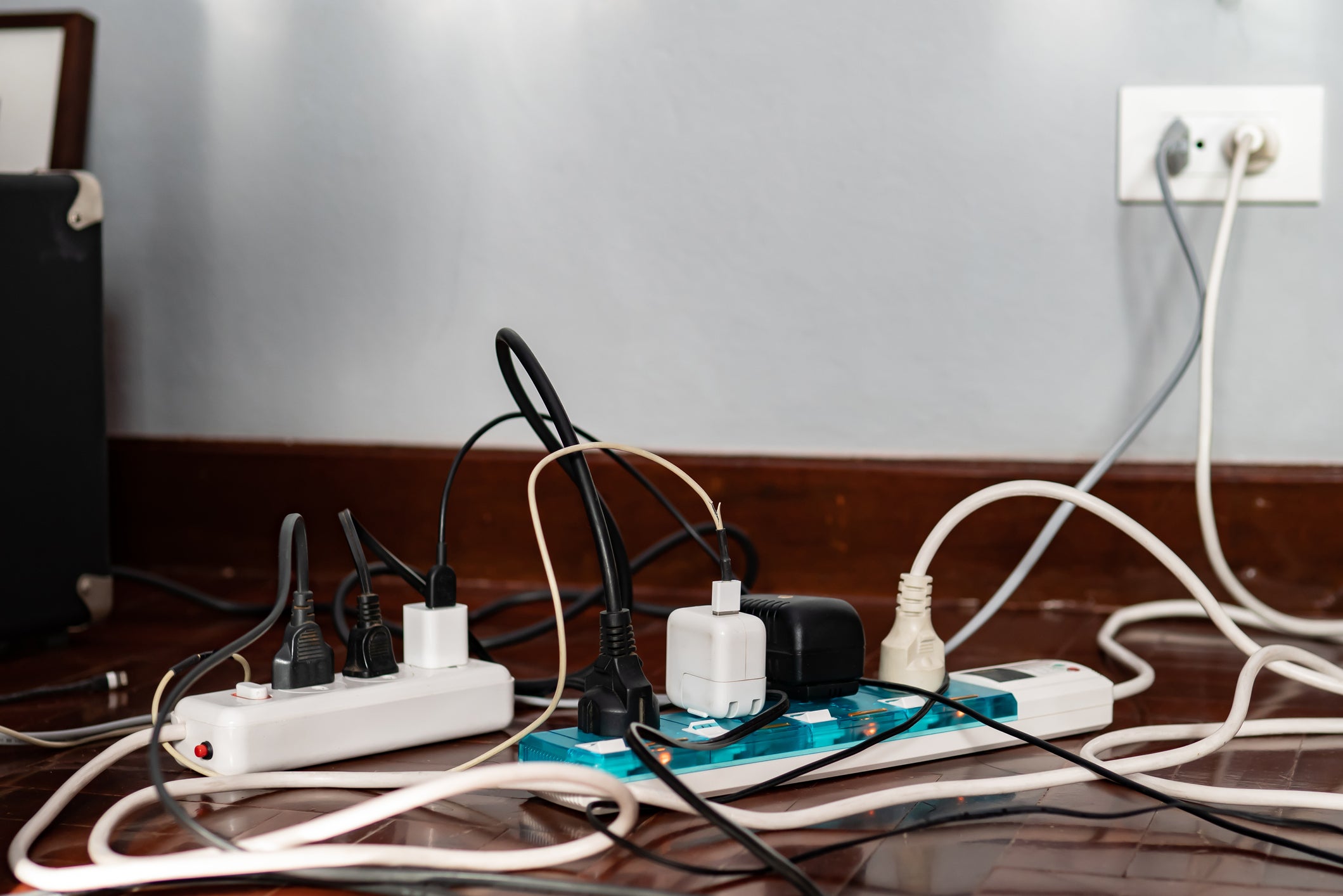
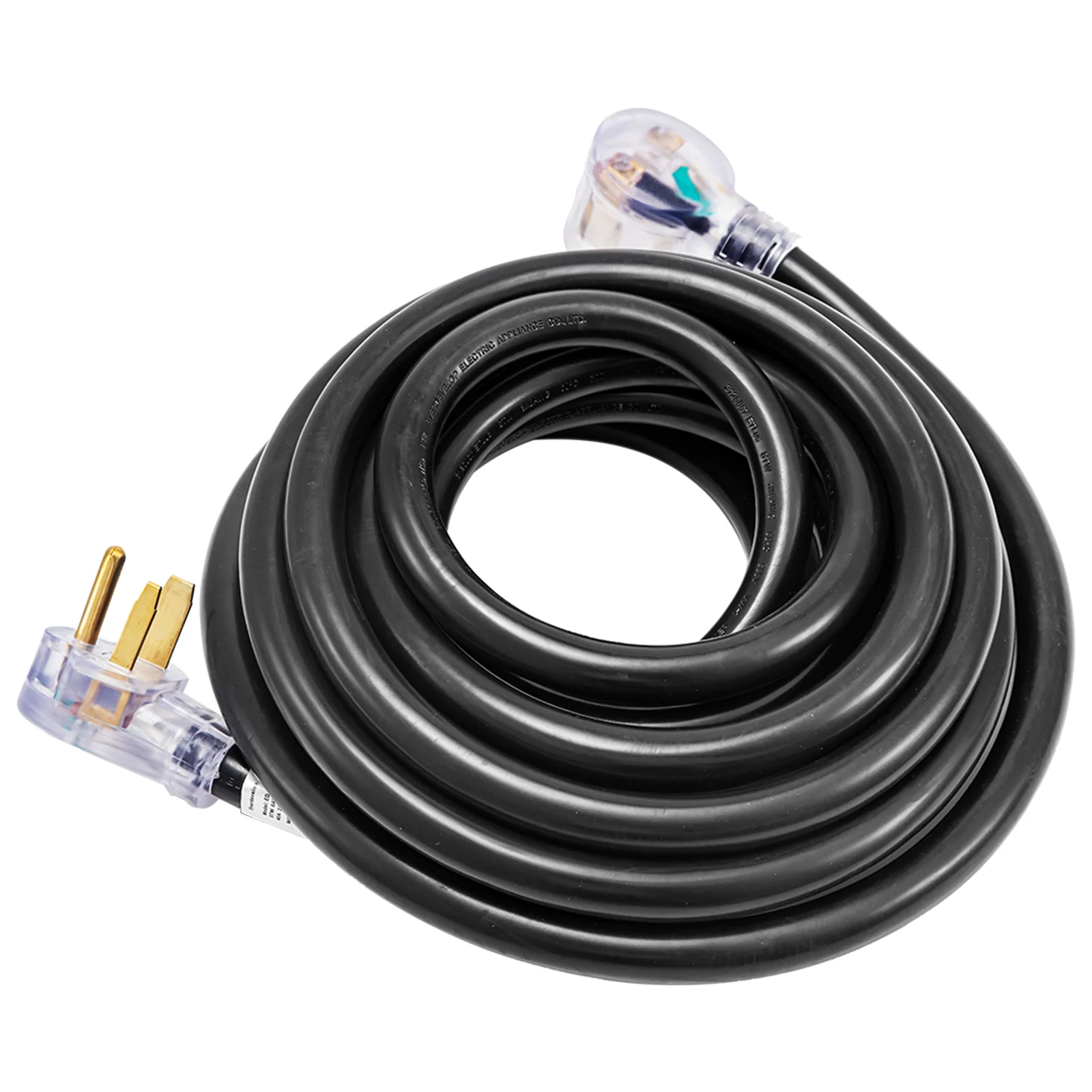
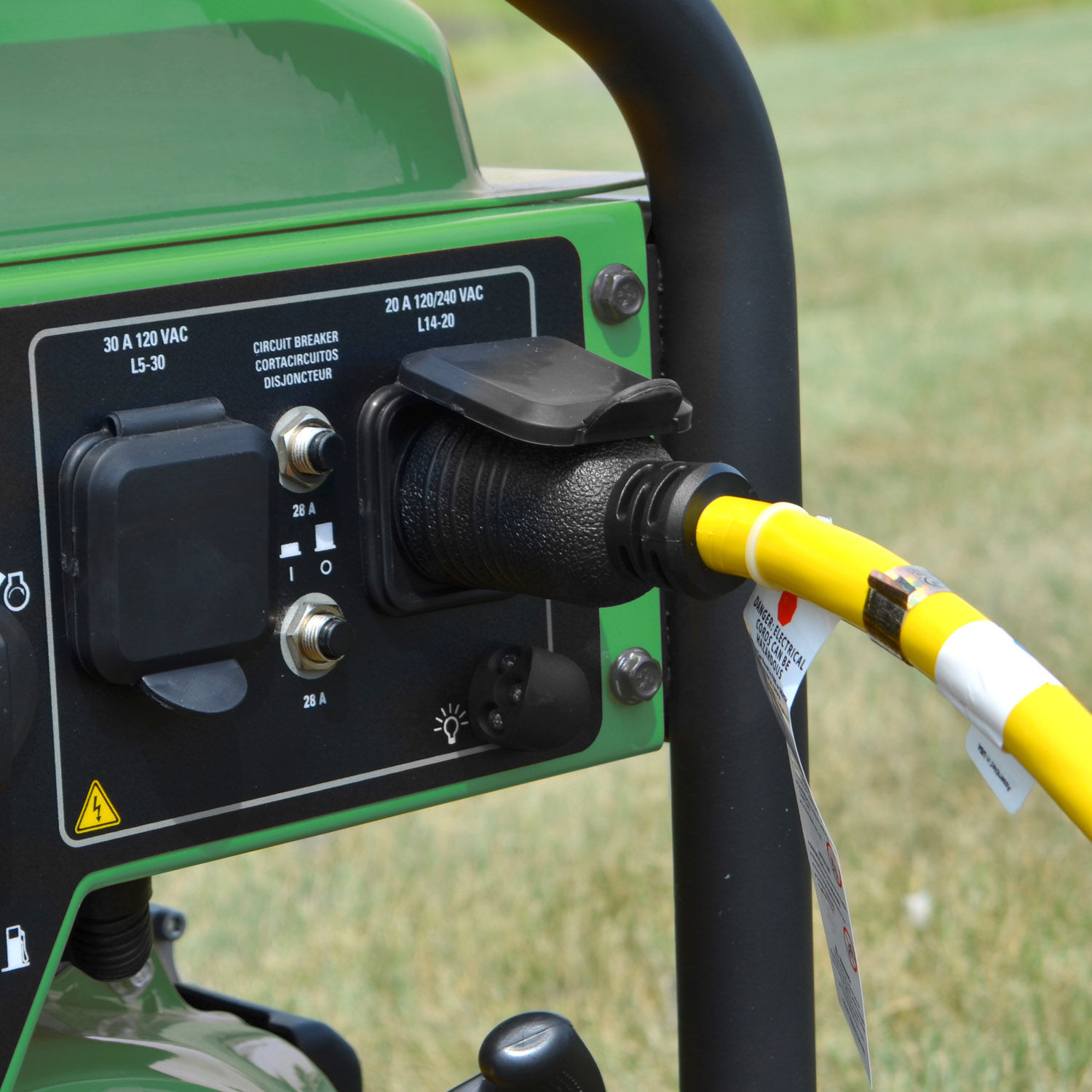
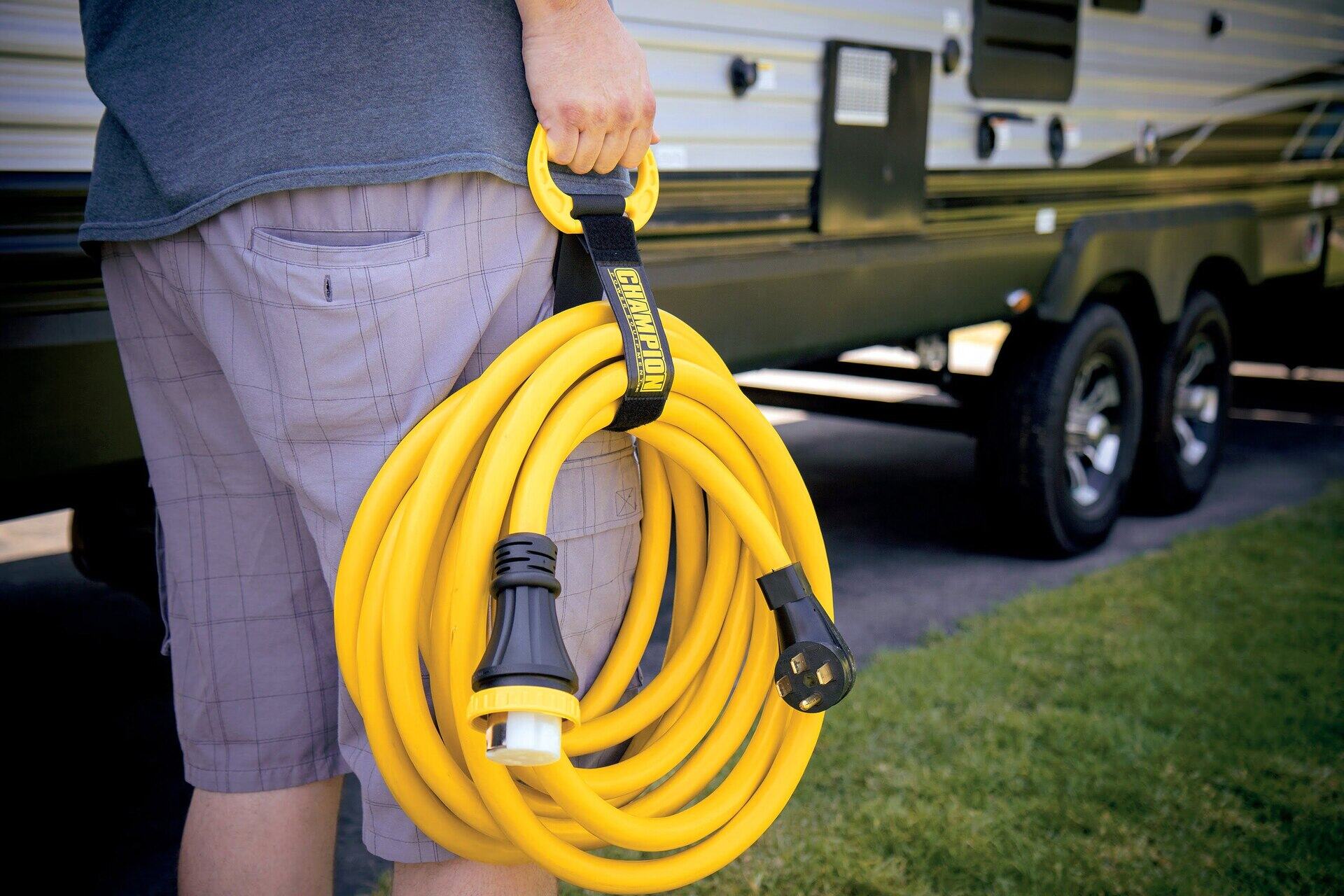
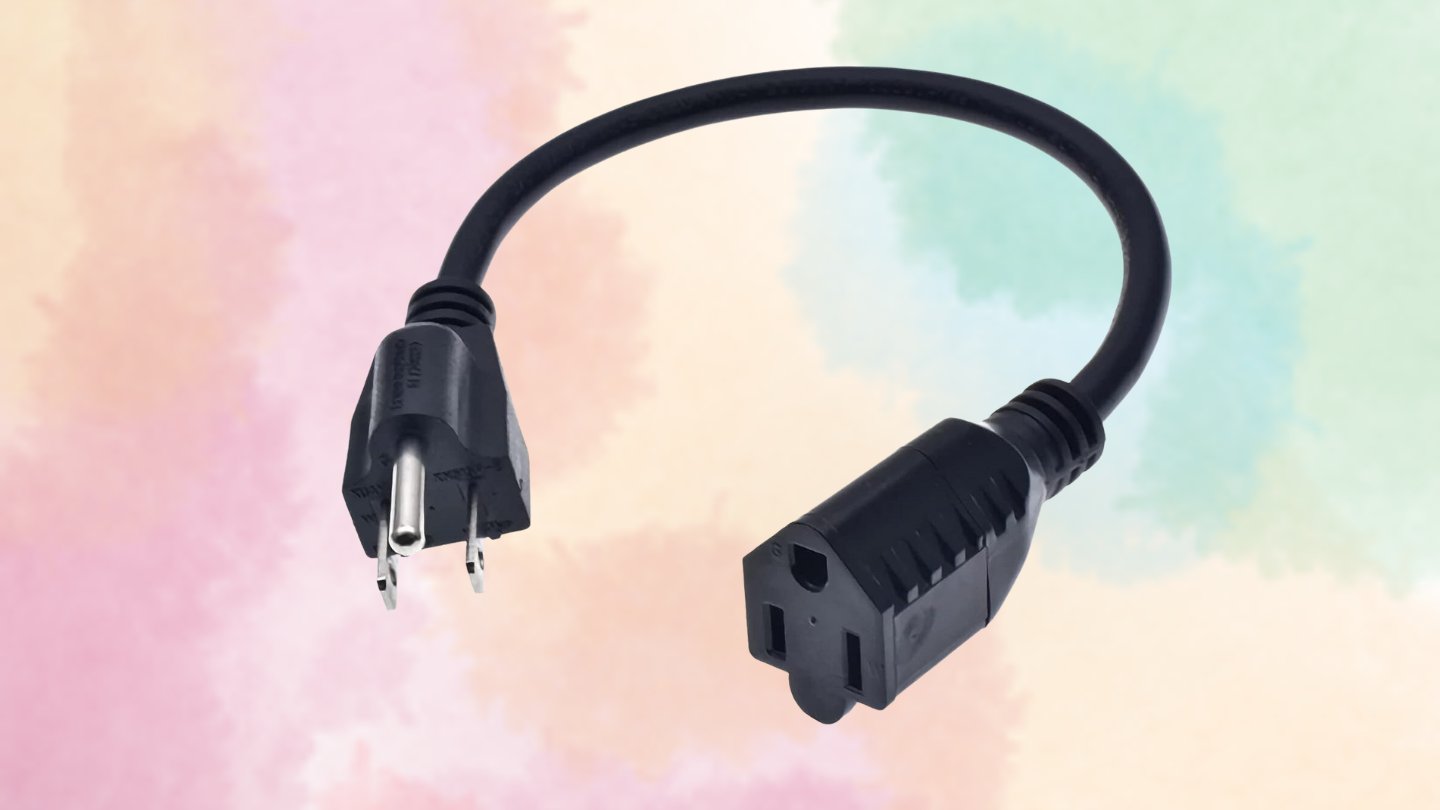
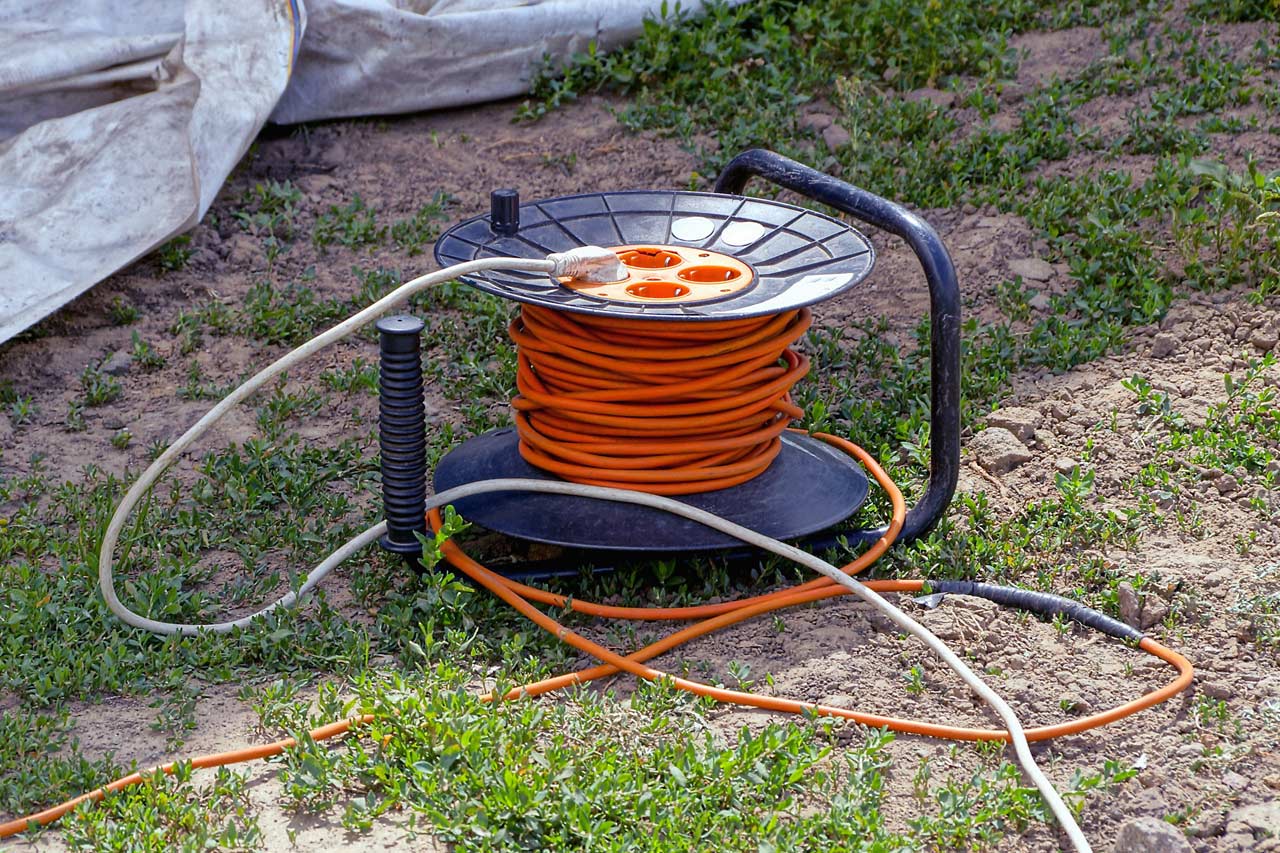

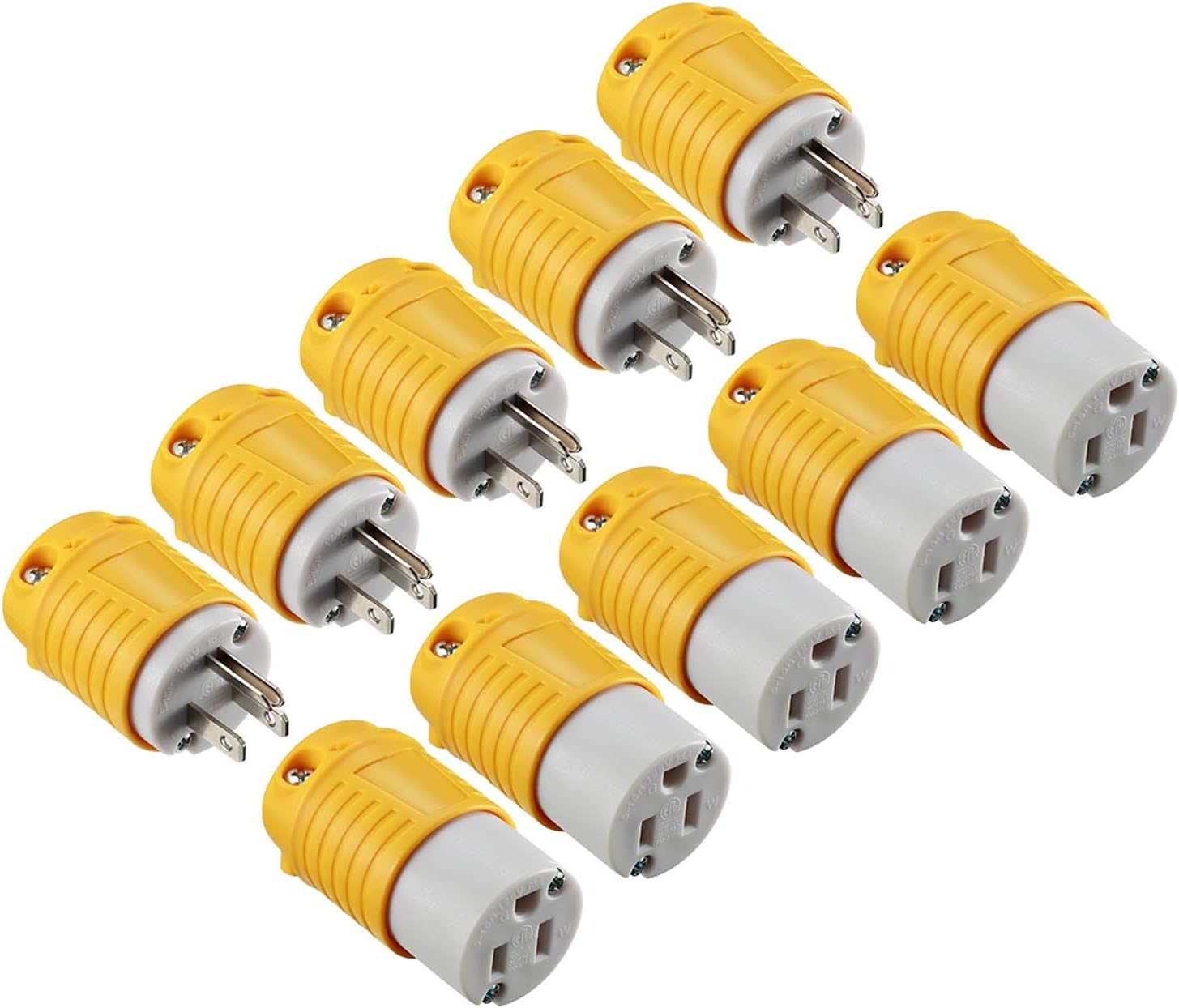
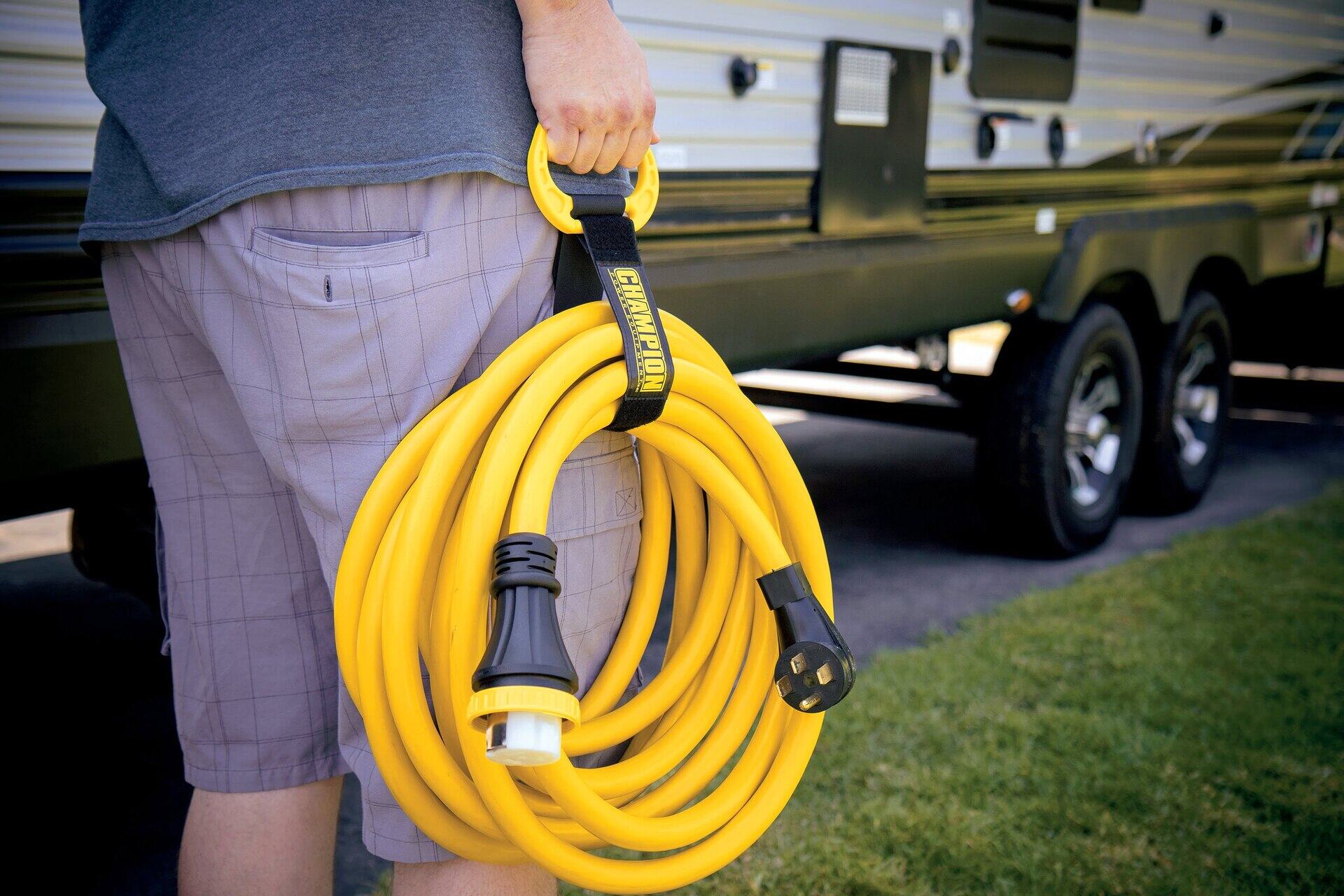
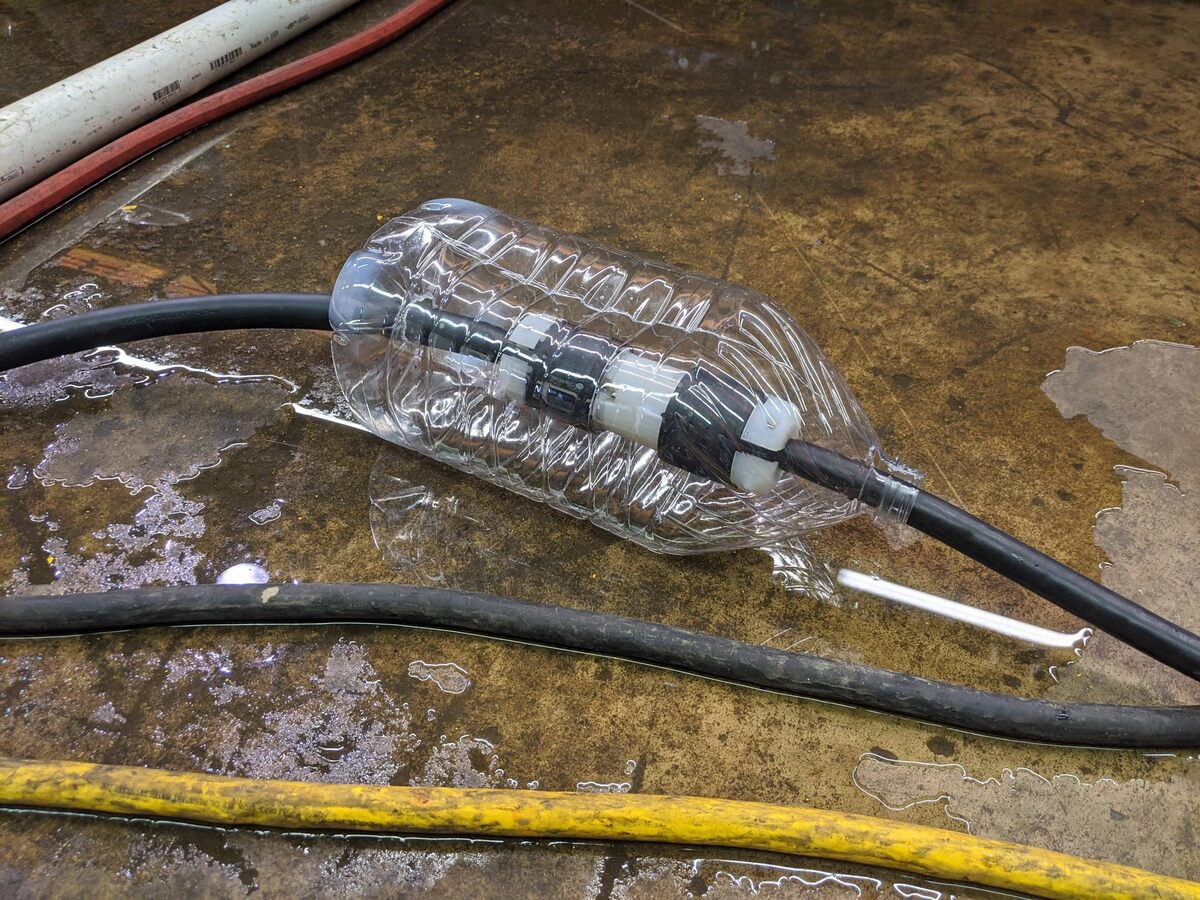
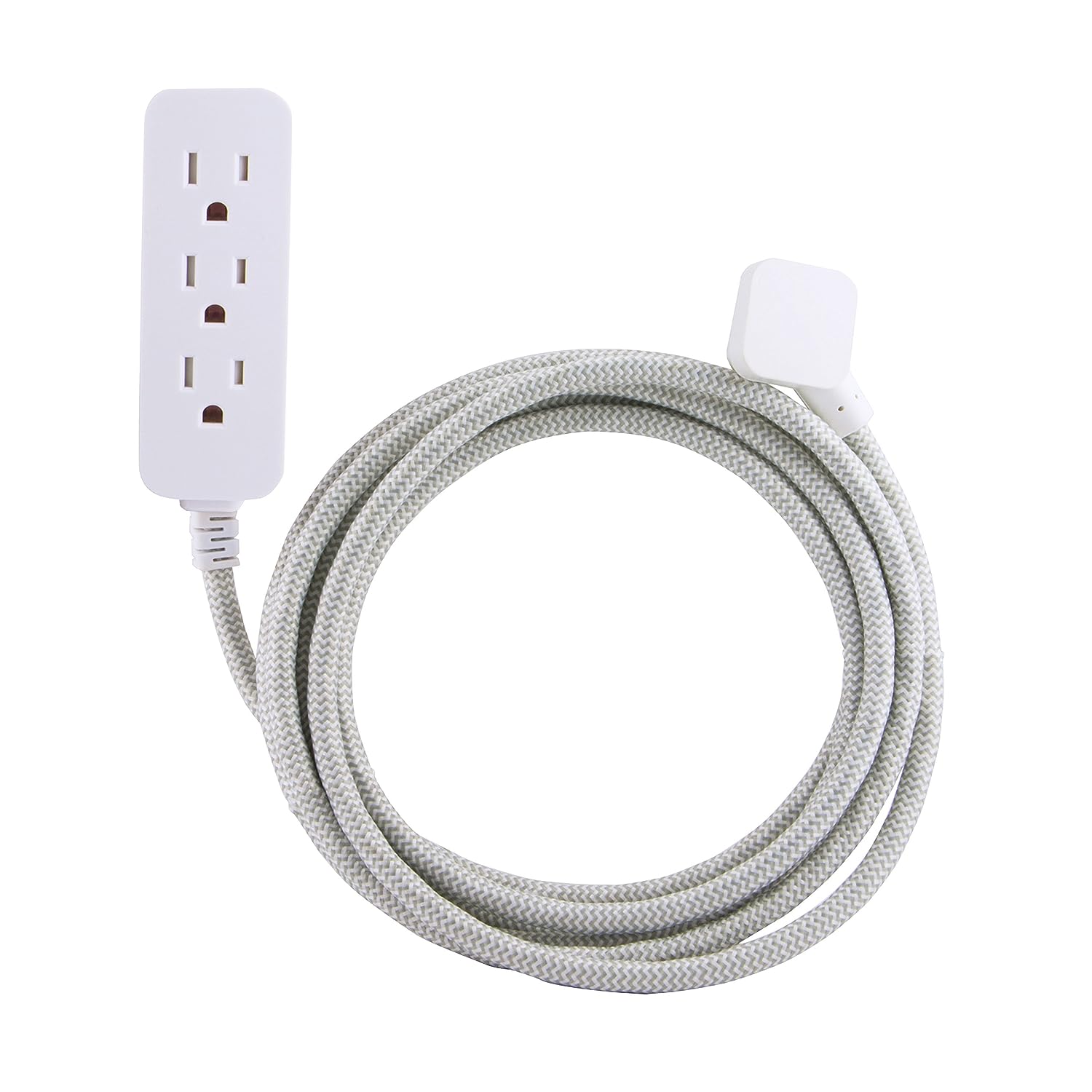

0 thoughts on “What Is The Longest Extension Cord Available”